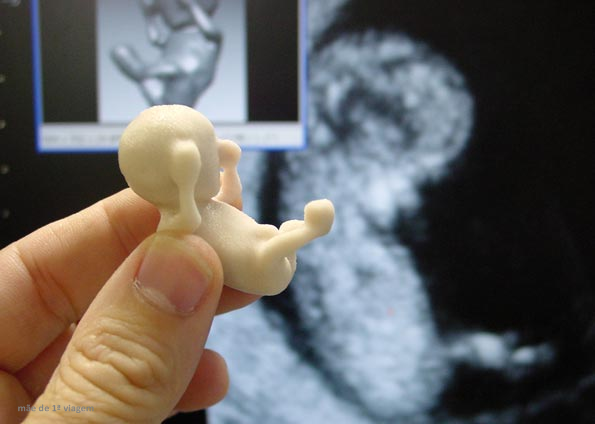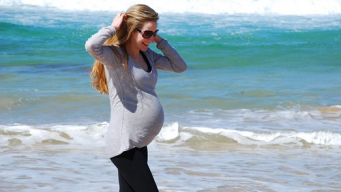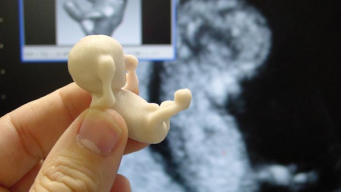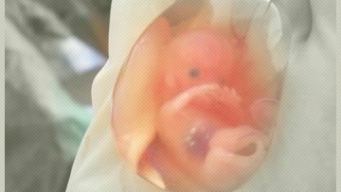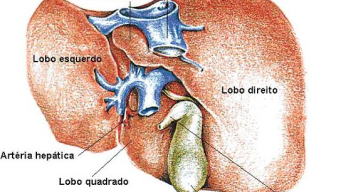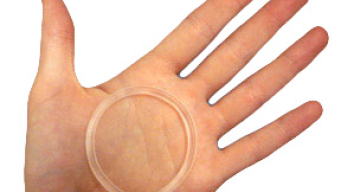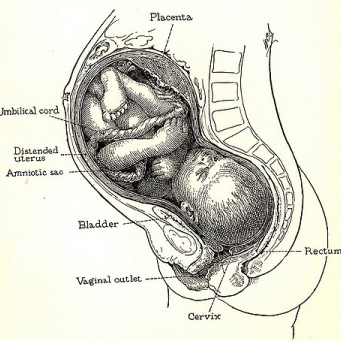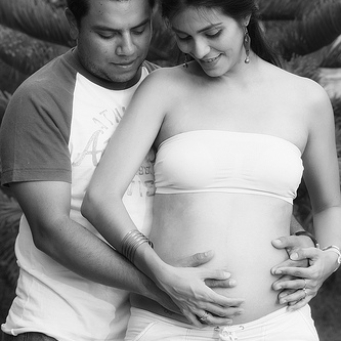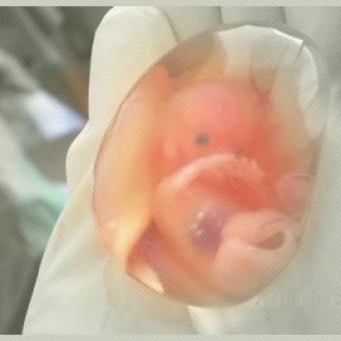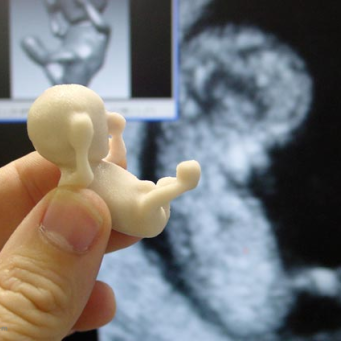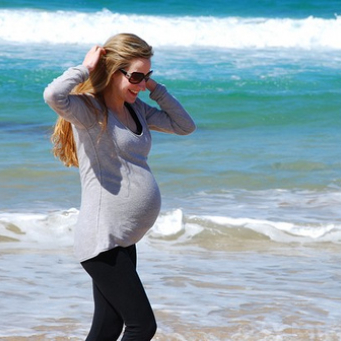10 weeks
At 10 weeks of pregnancy the baby is developing rapidly inside the womb, but moms still cannot feel the movements due to its size, which is about 3.1 cm on average. During the 10th week, the genitals are finishing forming and soon it will be possible to discover the sex through an ultrasound exam.
11 weeks
At this stage, the eyes and ears are already well developed and can be seen during ultrasound. Also, by the 11th week of pregnancy, the baby's fingers and toes are almost fully formed. The nose is ready too, but there is still a membrane covering the nasal opening1.
12 weeks
By the 12th week, the head’s growth slows down to let the rest of the body catch up. The risk of miscarriage virtually disappears in the 12th week, placing parents at ease. Now the fetus measures about 5.5 cm and weighs around 14 grams. It’s the size of a lemon!
Reader Questions:
What is the baby like at 3 months of pregnancy?
At 3 months, the embryo becomes a fetus and measures about 11 cm on average. The organs are already functioning2 and the baby makes small movements with its head, hands, and fingers. The face starts to take shape and the ears, eyes, mouth, and nose look similar to how they will appear at birth.
Why are the first 3 months of pregnancy risky?
It is during the first trimester that 80% of miscarriages occur, whether due to genetic malformations, hormonal changes, or accidents. That is why extra care is needed during this stage of embryo implantation, focusing on a proper diet, avoiding physical exertion, and having prenatal care.
What should be avoided in the first 3 months of pregnancy?
It is essential for women to avoid eating raw or undercooked meat throughout pregnancy. Also, be very careful washing fruits and vegetables to prevent possible toxoplasmosis. If you like sports, are in shape, and your doctor allows it, you may keep up your exercise routine throughout pregnancy.
Photo: Jon Large
References:
- 1 O'rahilly, R., & Müller, F. (2010). Developmental stages in human embryos: revised and new measurements. Cells Tissues Organs, 192(2), 73-84.
- 2 Prayer, D., & Brugger, P. C. (2007). Investigation of normal organ development with fetal MRI. European Radiology, 17(10), 2458-2471.

